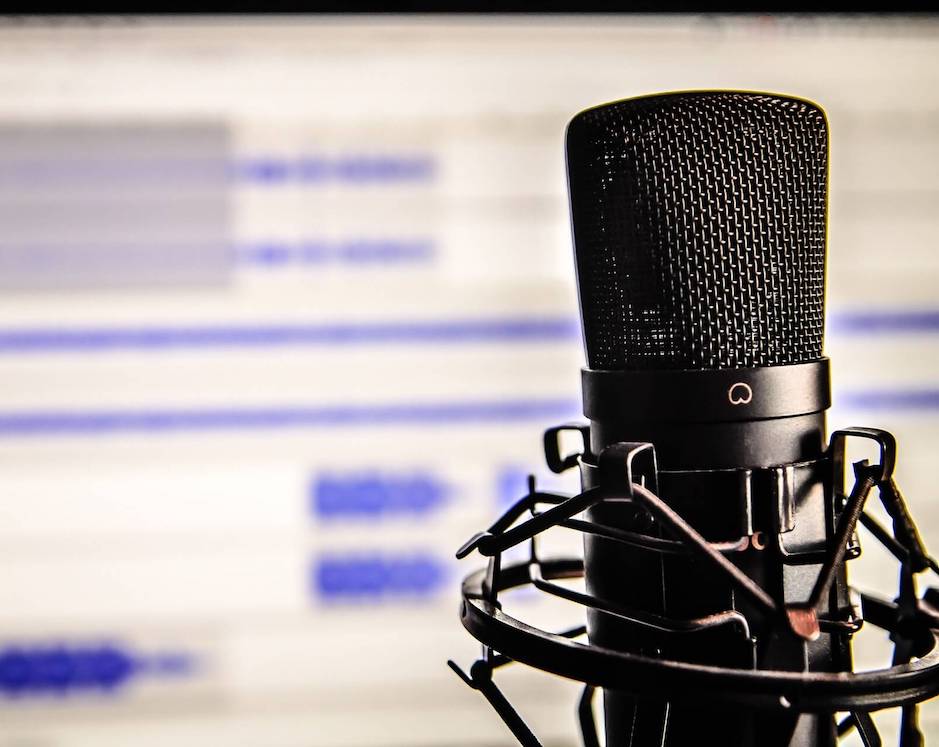More of This, Please: Second Circuit Becomes Fourth U.S. Appeals Court to Allow Live Audio
Yet 10 federal appeals courts, including the Supreme Court, still do not

Fix the Court is applauding the Second Circuit for becoming the fourth U.S. appeals court to permit livestreaming of oral argument audio. The court allowed C-SPAN to roll live on this morning’s hearing on whether House committees may obtain President Trump’s financial records via subpoena.
Initially, C-SPAN requested video coverage of the hearing, since the Second Circuit is one of two appeals courts – the Ninth Circuit being the other – that permits video. Earlier this week, the New York-based court made a compromise and gave the cable channel permission to livestream the audio on its website and on its YouTube page.
“If a case makes it to the point where there’s an oral argument before a federal appeals court, that by definition is newsworthy,” FTC executive director Gabe Roth said. “Americans expect to get their news live as it unfolds, not later in the day or week, and there’s no technological or financial reason for the remaining holdouts, including the Supreme Court, not to follow the Second Circuit’s lead and permit live audio.”
The case is 19-1540, Donald J. Trump, et al., v. Committee on Financial Services, et al.
In May 2018 the D.C. Circuit announced it would begin livestreaming the audio of all non-sealed cases that September, and the Fourth Circuit in 2017 livestreamed the audio of two travel ban hearings on its website. The Ninth Circuit routinely runs a live audio and video feed of its arguments on its homepage and on its YouTube page.
There’s a legislative angle to this, as well, as FTC believes that if the courts won’t act, Congress has the authority to compel them to livestream. Though in past sessions members of both houses have introduced cameras-in-courts legislation, FTC expects several live audio bills to be offered between now and the end of the year.